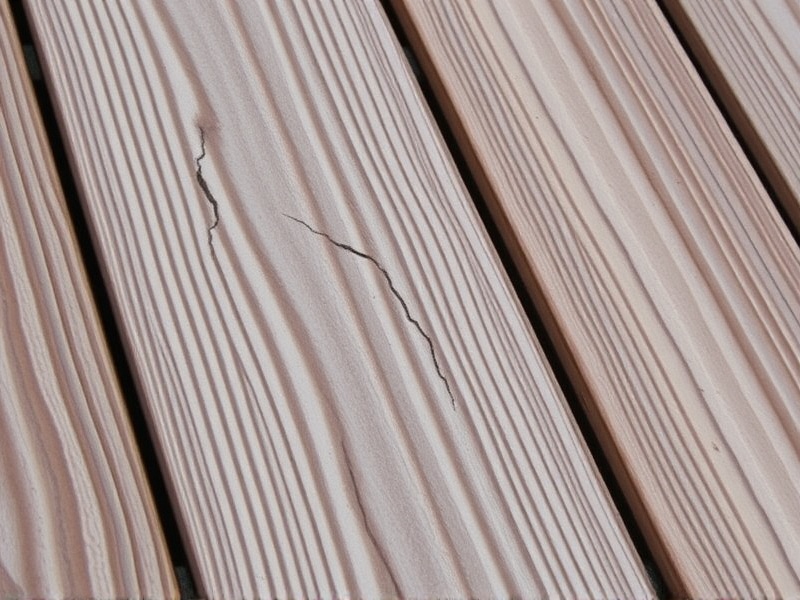Our Location
304 North Cardinal St.
Dorchester Center, MA 02124
Learn about the common reasons behind composite decking cracking and discover practical solutions to prevent it.

Composite decking has become a popular choice for homeowners looking for low-maintenance outdoor flooring options. However, like any material, it is susceptible to damage over time. One common issue that can arise is cracking, which can detract from the appearance and functionality of your deck. This article will explore the primary causes of composite decking cracking, including temperature fluctuations, improper installation, and manufacturing defects. Understanding these factors can help you take proactive steps to prevent and address cracking issues.
One of the most significant factors contributing to composite decking cracking is temperature fluctuations. Composite materials are made by combining wood fibers and plastic resins. These materials expand and contract with changes in temperature, which can lead to stress and cracking over time. Extreme heat can cause the material to soften and expand, while cold temperatures can make it more brittle and prone to cracking. To minimize this risk, it’s essential to choose a high-quality composite material that is designed to withstand temperature variations. Additionally, proper design and construction can help mitigate the impact of temperature changes. For example, leaving small gaps between boards can allow for expansion and contraction without causing stress on individual planks.
Another common cause of composite decking cracking is improper installation. If the decking is not installed correctly, it can experience uneven stress, leading to cracking and other forms of damage. Key factors include ensuring that the deck is level, using appropriate fasteners, and allowing for proper spacing between boards. Over-tightening screws or nails can also cause the material to crack. It’s advisable to consult with a professional installer who has experience with composite materials to ensure that the job is done right the first time. A well-installed deck not only looks better but also lasts longer and requires less maintenance.
Manufacturing defects can also play a role in composite decking cracking. While reputable manufacturers adhere to strict quality control standards, occasional flaws can still occur. These defects might include inconsistencies in the mixture ratio of wood fibers and plastic resins, leading to weaker spots in the final product. To minimize this risk, it’s important to purchase composite decking from a trusted manufacturer with a good reputation. Checking reviews and ratings from previous customers can provide valuable insights into the quality of different brands.
To prevent composite decking cracking, it’s crucial to follow best practices during installation and regular maintenance. This includes choosing high-quality materials, ensuring proper spacing and fastening techniques, and performing routine inspections. If cracks do appear, they can often be repaired using specialized fillers or sealants designed for composite materials. In some cases, replacing damaged boards may be necessary to restore the integrity of the deck. Consulting with a professional can help determine the best course of action based on the severity and location of the cracks.
Regular maintenance is key to extending the life of your composite decking and preventing cracking. This includes cleaning the deck regularly to remove dirt, debris, and stains. Using a soft-bristled brush and mild detergent can help keep the surface clean without causing damage. Avoid using harsh chemicals or abrasive tools, as these can scratch or weaken the material. Additionally, inspecting the deck periodically for signs of wear and tear can help catch potential issues early on, before they develop into larger problems.
Composite decking offers many benefits, including durability and low maintenance. However, it is not immune to cracking, which can be caused by temperature fluctuations, improper installation, or manufacturing defects. By understanding these factors and taking proactive steps to prevent and address cracking, homeowners can enjoy their decks for years to come. Remember, investing in quality materials and professional installation can go a long way in ensuring the longevity of your composite deck.